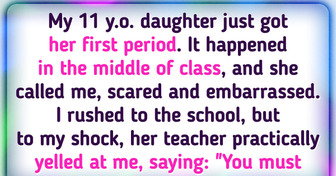I listen to a person's voice an look at their face, sometimes when someone is nervous and lies, their voice shakes and they get sweaty
9 Body Signals That Can Help You Read a Person Like an Open Book
Our bodies are more honest than our words. Any evasion can be recognized if you pay close enough attention. We don’t recommend jumping to conclusions though, because every person is different. And this means that if you’re going to analyze someone’s behavior, you should start with a little preparation.
We at Bright Side want to give you a tip before sharing this knowledge with you.
The most important thing you should remember when assessing someone’s body language is that everyone has their own baseline behavior. And don’t forget about the context of the situation. So, crossed hands that we might consider a sign of insecurity, could only indicate that a person is cold. After analyzing the situation as a whole, you can draw the right conclusions about whether a person is lying, worried, or just tired.
1. Handshake
The way a person shakes hands can help us make our first impression of them. Profilers talk about 3 types of handshakes:
- Humble — the palm facing up:
- Dominating — the palm facing down;
- Neutral — the hands of both people are in the same position.
Watch how a new person gives you their hand and what they do. If a person has the dominating type of handshake, they are very unlikely to take someone else’s opinion into account and will probably wait for you to agree. A humble or a neutral handshake is more preferable if you are going to discuss difficult topics or if you need to convince a person of something.
Pay attention to the behavior of some politicians: when they want to have the advantage in an argument, they add an unusual gesture (they pat people on the shoulder or pull their hands). As a result, a person may lose the confidence they had before the meeting. Remember this in order to not be manipulated.
2. Smile
Watch how a person smiles. After a quick overview, it will be easy for you to tell the difference between a fake smile and a real one because different groups of muscles are responsible for them:
- Sincere smile — risorius muscles are used. They pull the lip corners up, there are wrinkles around the eyes; the skin under the brow may go down just a little;
- Fake smile — the so-called laughter muscles are used, they move the lip corners away from each other; the upper part of the face does not move.
When you notice that a person has a sincere smile, you can be sure that they feel comfortable with you.
3. Watch the emblematic gestures
We all use popular gestures from time to time and almost everyone understands what they mean. They are called emblematic gestures. So, watch how the person uses them in communication:
- The gestures should correspond with what the person is talking about;
- Lies can be discovered with emblematic mistakes — the situations when the gestures don’t correspond with the words a person says or their facial expressions. In this case, their body language is what you should believe. It is much harder to lie in body language.
Attention: If you see a person showing “thumbs up” with pursed lips, this is not a good sign. Most likely, the person is not being honest with you. And a similar situation is when a person says “yes” and shrugs their shoulders.
4. Watch their hands
Closed hand positions almost always indicate anxiety or a bad mood:
- Clenched fists;
- Hands together.
The same goes for a situation where a person is holding a small object with both hands. These gestures can be used in different variations and sometimes they are hidden. Popular people often demonstrate them.
In any case, when a person holds their hands together, it means it will be very hard to reach an agreement with them. More than that, the tension may be caused by an insincerity that always requires certain emotional effort. Remember: the lower a person is holding their hands, the worse the situation is.
Tip: If you see that a person feels uncomfortable, try to help them relax. Often, they just need to stop making the gesture for the body and mind to relax.
5. Look at their palms
- A palm on their own forearm is a signal that a person is trying to hold in their negative emotions. This is a subconscious effort to calm down and stabilize their mood.
Pay attention to their thumbs: In a “closed position,” you can’t see them, or they are placed parallel to the ground. However, if you notice that a hand is around the arm and the thumb is facing up, this is a confident person who rarely loses self-control.
- Hands down, with palms are together — means the person is stressed.
Remember how safe you felt as a child walking with your mom, holding her hand. Children grow up but their reflexes don’t go away.
Look for a solution: Make the person feel more comfortable in the situation. Try to change the subject, suggest that they sit down if they are standing. The most important thing is to make them forget the gesture.
- Hands on the knees, moving — means it’s time to finish the conversation.
Experts call this behavior “seated readiness.” People start moving in order to avoid the conversation and they feel super uncomfortable in that moment.
Tip: Try changing the subject of your discussion. If you start talking about something more pleasant, the person might relax and it will be easier to continue the conversation.
6. Watch how they change the position of their hands
- When we put our hands behind our back, at a subconscious level, we show the vulnerable parts of our body. A person will do this gesture only if they are absolutely confident in the moment or if they feel superior. Most likely, they have nothing to hide and they are completely honest with you (because even a little lie makes people feel stressed).
Try: Take this position when you are uncomfortable and try to use it to feel better. This position will make you feel more confident.
7. Estimate their stress level
Small moves, like fixing hair, and other little things indicate a worried and anxious person. It means they are nervous right in that moment:
- Men often touch their faces;
- Women touch their necks, clothes, and hair.
These actions help them stabilize their heart rate and calm down.
By the way: Playing with a pencil, whistling, and moving legs are indicators of the same thing. Start talking about something positive if you notice that a person is starting to get stressed.
8. Legs are the most honest parts of the body
Leg shaking and foot-tapping usually indicate that a person is feeling uncomfortable. But this is not always true, there are some things you should know:
- When a person starts shaking their legs faster, it is probably because they heard something nice.
- When a person stops suddenly — this means that their mood has changed dramatically, probably in a negative way.
Watch out for all the changes like this, especially when you are having a business meeting. This will give you more information about how to continue the conversation.
Pay attention: If a person was sitting with their legs crossed and then they started touching their knees, it means that their confidence is in danger. Keep this in mind.
9. Look at the person’s posture
- Legs wide open: The person is trying to find some base for confidence. This means there is something that makes them uncomfortable. And the bigger the distance between the legs, the more worried they are.
- Legs crossed: The opposite position. It is difficult to stand, so in case of possible danger, there will not be much this person will be able to do. This means they are not thinking about any danger at that moment and they are feeling comfortable and calm.
Besides, always pay attention to the feet.
- The heel’s on the ground, and the tip is up: This person is in a good mood. Maybe, they have just heard something nice. They may keep silent, but their feet give them away.
- The heel up and the tip on the ground stance is a signal that a person is preparing for some action. Maybe, they are going to leave, change the subject, and they are ready to do it. Or, they are thinking about whether they should lie to you or tell you the truth, and it is most likely they are leaning toward the former (because telling lies always requires more emotional effort).
What other tricks do you know that allow you to find out if a person is lying? Are you able to use this knowledge while you are in a conversation?
Comments
I also use some of these tricks to check the person, to see whether the person is comfortable talking to me or being in this company, and stuff. In 100% of the cases they work :)
I check the person's blinking. People often blink more rapidly when they are feeling distressed or uncomfortable. Infrequent blinking may indicate that a person is intentionally trying to control his or her eye movements.
As for me, I'm not so good at understanding the feelings of another person, I'm a simple guy. This article is useful for me! Thanks for sharing.
Related Reads
9 Signs a Person Likes You Even If You Don’t Think So
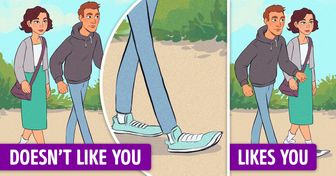
12 Terrifying Moments Where Reality Turned Into a Nightmare
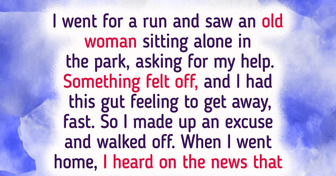
15 Dining Experiences That Resemble Scenes From a Hollywood Blockbuster
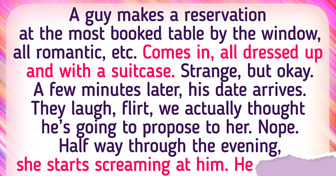
11 Stories of People Who Experienced a Glitch in the Matrix
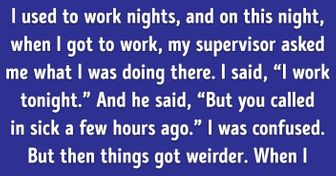
I’m Being Thrown Out of My Own House by My DIL
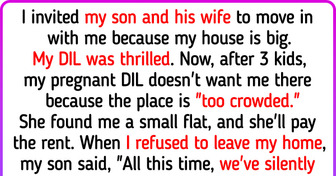
12 Plot Twists So Insane, Even AI Couldn’t Predict Them
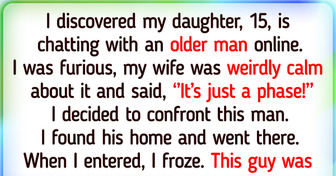
14 Puzzles That Can Challenge Your Intelligence

He Chose Money Over Love, but Karma Acted When My Prosperous Father Died
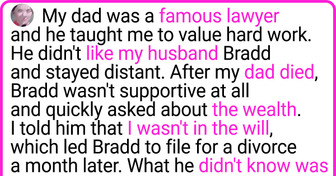
12 Disturbing Secrets People Realized Only Later On

13 Thanksgiving Dramas That Were Juicier Than the Turkey
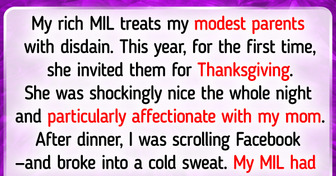
My Son Called It a Family Trip Until I Found Out the Real Reason I Was Invited
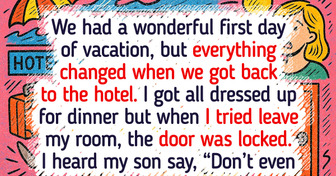
12 Single Dads Share Their Most Emotional Stories
